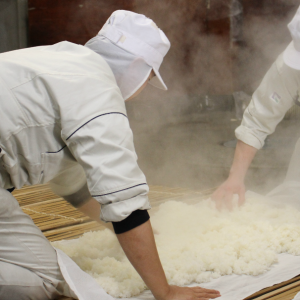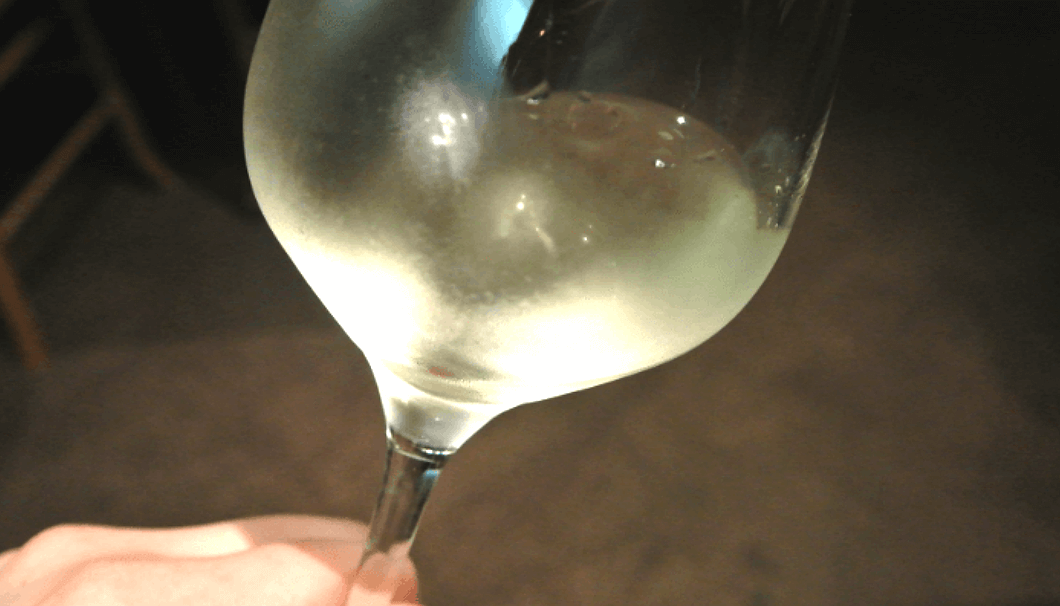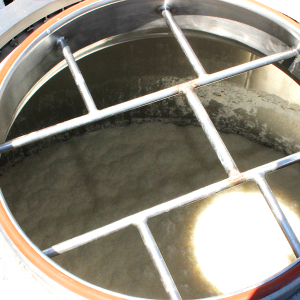
How similar do you think wine and sake really are?
We took a look at 3 of the most striking, if not slightly surprising similarities between them.
1. Fermentation
The biggest similarity — so similar it is almost striking — is that both wine and sake are fermented beverages. In other words, they exploit the anaerobic metabolism (can survive off many nutrients; does not necessarily need oxygen to survive) of a yeast to turn glucose extracted in some way from the raw ingredient into alcohol, and very often end up as direct reinterpretations of the essence of whatever they are made with.
2. Food Pairing
The second similarity — a rather big one in fact — is that both make delicious accompaniments at the table.
Sake was in fact designed to be enjoyed this way in the first place not least because of its ability to enhance the flavours of whatever you pair with it.
The pairing of wine and food is of course a no brainer, the job of which has become synonymous with the wine sommelier for precisely this reason. The scene of a wine sommelier guiding a customer through a list of wines matching each one to a particular dish on the menu will be an altogether familiar one no less.
It’s a scene that is also now becoming more common in the sake world too.
3. Religious Ties
Both wine and sake started off with very strong ties to religion.
If you trace the origins of sake all the way back to its conception over a thousand years ago, there is no lack of references about sake being made as an offering to the gods — in some cases by female deities. In Japan, sake and religion have always been inseparable.
In the West, wine carries the same kind of religious symbolism. To the majority of Christians, wine represents tears and blood itself. Indeed, the significance of its role in religious ceremonies can not be overstated; a role that is not without its references in the bible as well. For example, it is written in the ‘Gospel of Mark’ that at the last supper, Christ holds up a goblet of red wine and claims: “this is my blood of the covenant, which will be shed for many”; a line that Mark later associates with Jesus’s untimely death. While sake’s religious history is not quite as graphic, it is still revered in much the same way.
So there you have it, three very big similarities between wine and sake, that tell nothing of the differences between the two beverages. And oh! how different they are. We will save that for another article.





Comments